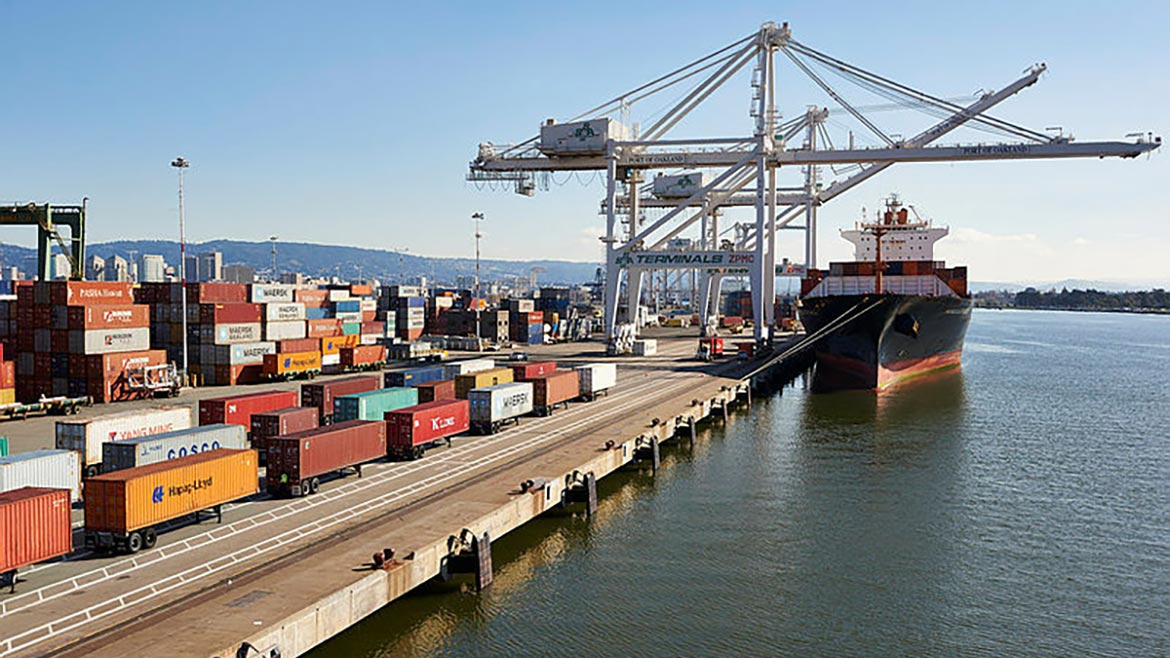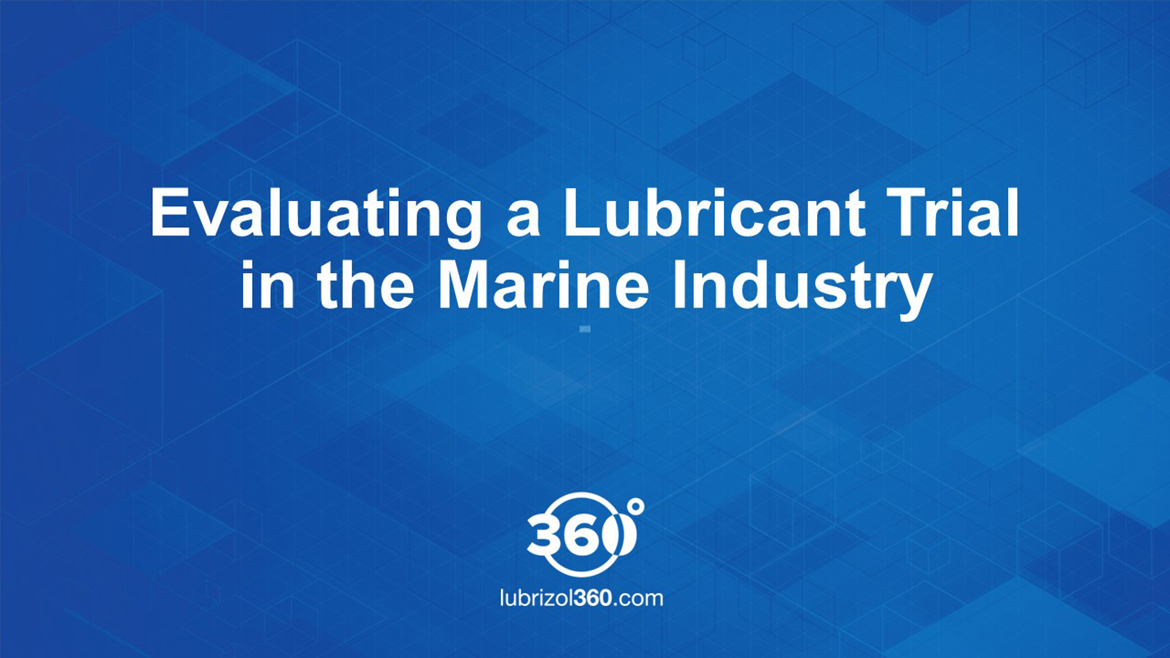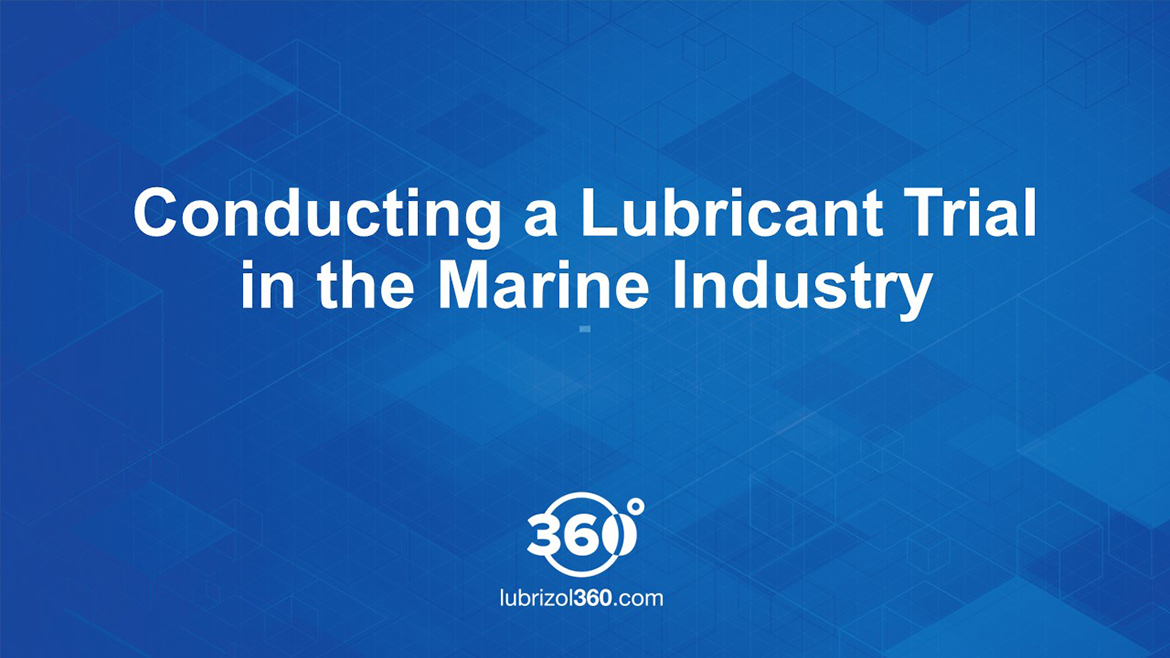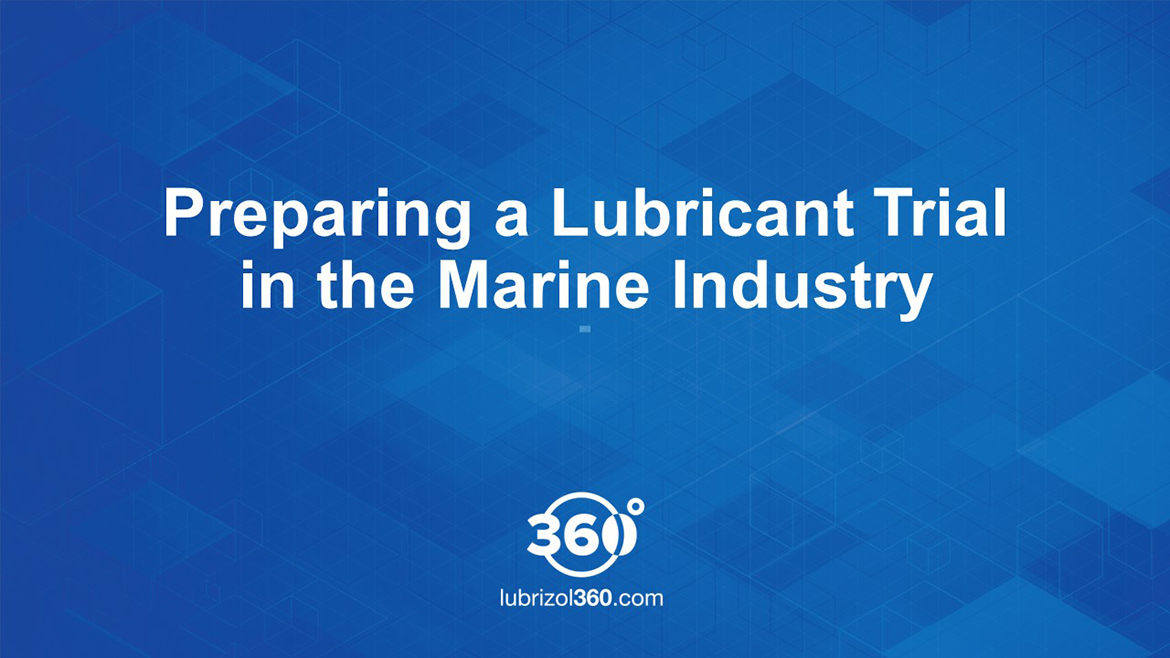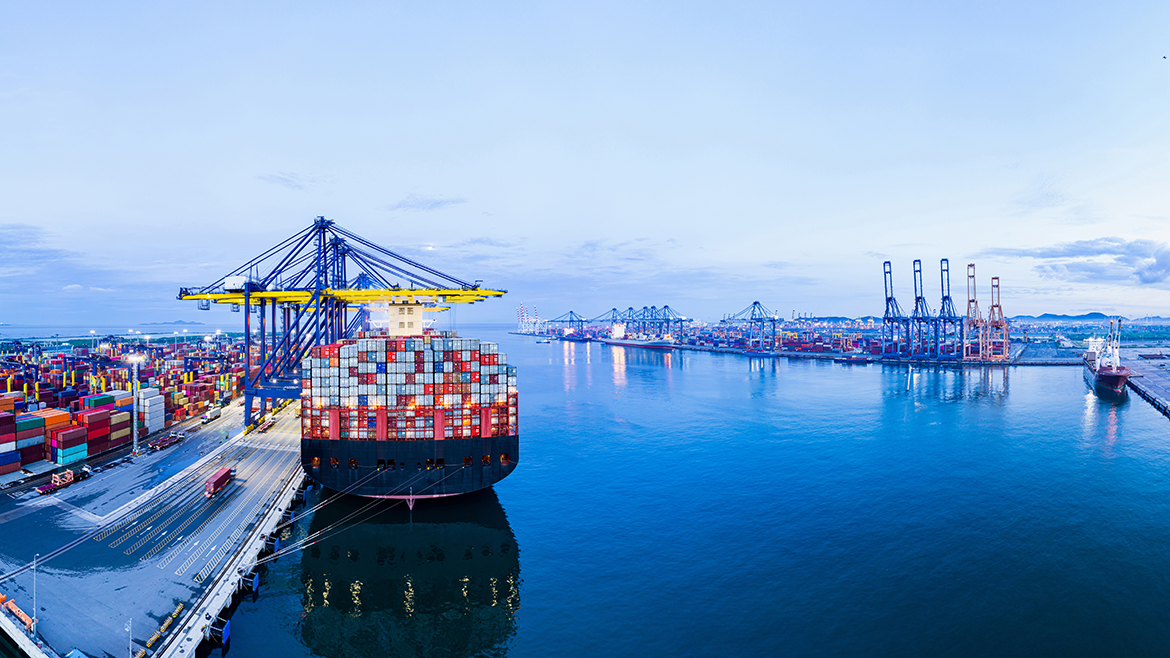Jan 15, 2020
Posted by Harriet Brice, Technology Manager, Marine Engine Oils, Ian Bown, Technical Manager, Marine Engine Oils, Simon Tarrant, Global Business Director, Large Engines
The International Maritime Organization’s (IMO) global sulfur cap will dramatically alter the marine fuel market from January 1, 2020—and with it the often overlooked but critical role of cylinder lubrication for 2-stroke marine engines.
The new 0.5% limit on fuel sulfur will drive a market previously dominated by high-sulfur heavy fuel oil (HFO) towards new blends of very low-sulfur fuel oil (VLSFO)1. That change in sulfur content alone will demand a shift in the cylinder oil used on many ships operating with a 2-stroke engine for propulsion. But concerns about the expected properties of the new blends—including stability, viscosity and combustion characteristics—mean that existing lubricants may not be robust enough to protect engines.
In the new, low-sulfur era, the traditional lubricant indicator of base number (BN)—used to quantify acid neutralization capability—will be only part of the equation. New refinery processes and fuel blend stocks used to produce VLSFOs, as well as the expected incompatibility between VLSFO products, could lead to engine condition challenges that can only be tackled effectively with new lubricant additive chemistries.
Shipping faces an unprecedented fuel switch in 2020. The majority of ship owners and operators that are planning to comply with VLSFO should understand that legacy lubricant products used with low-sulfur fuels will not necessarily protect their engines as required.
The Role of Lubricants and Additives
The main function of marine engine cylinder lubricants is to provide lubricity that prevents damage to pistons and cylinder liners. Neutralization is another important role, preventing excessive corrosion which can reduce the life of cylinder liners.
A particular type of corrosion, known as cold corrosion2, can be found on large modern engines running on high-sulfur fuel. Cold corrosion is the result of lower temperatures in ultra-long-stroke, large bore engines that cause acidic sulfur gases to condense on liner walls. To protect against this, lubricant additive packages for use with high-sulfur fuels in modern engines traditionally contain highly alkaline detergents. These provide greater acid neutralization (a higher BN) to protect from corrosion while also cleaning any deposits or cylinder wear residues – another crucial job for the lubricant.
Cylinder oils also need to have strong thermal management properties in order not to degrade at high temperatures within the combustion chamber. To meet these various roles and demands cylinder lubricants need the right combination of additives.
Selecting the Right Lubricant
Choosing the right cylinder oil depends on several factors. As mentioned above, sulfur content can have an impact. Traditionally, high-sulfur fuels have required high-BN lubricants—of BN70 or more—to counter the corrosive effect of the sulfuric acid produced when the fuel is combusted. Lower sulfur fuels require much less corrosion protection, so a lower level of basicity is appropriate.
Operating conditions also make a difference to how engines are lubricated. For example, engines running at a higher load will use more fuel and will require proportionally more cylinder oil. As well as BN, ship operators also need to keep an eye on the rate at which the cylinder oil is injected onto the liner (known as the feed rate). Analysis of cylinder oil not burned off in the combustion process (sometimes called scrapedown or piston underside) enables operators to check that their engines are correctly lubricated, without excessive levels of corrosion. As too much BN can also be disadvantageous, leading to ash deposits, used oil analysis also indicates whether there is sufficient level of residual base to protect the engine.
These factors have influenced the current standard practice for lubricating 2-stroke engines. The majority of vessels today run on high-sulfur HFO, and therefore require a high level of alkaline detergency to manage both the risk of deposits and corrosion. As a result, additive packages with high BN and strong detergency have been a mainstay in marine lubricants designed for HFO.
For the few vessels that have used low-sulfur fuels—including those operating in 0.1% sulfur emission control areas since 2015—the demands have been different. Lower sulfur content means lower BN requirements, whilst a good level of deposit control is always important.
High BN detergents have dominated cylinder lubricant formulations as they deliver the acid neutralization needed for HFO and help to keep the high temperature surfaces of the engine clean of deposits. Reducing these high BN detergents for the lower neutralization needs of 0.5%S fuels without rebalancing the formulation with extra deposit control additives would severely impact on the lubricant cleanliness performance.
In part two of our article on very low-sulfur fuel oil (VLSFO), we will look at the impact of 2020 fuels and how to lubricate for VLSFOs.
1: Energy consultant Wood Mackenzie expects marine demand for HFO of 600,000 barrels per day (bpd) in 2020, down from 3.5 million bpd in 2019. VLSFO supply is anticipated at 1.4 million bpd in early 2020, with marine gas oil expected to meet the remaining low-sulfur fuel demand; https://www.reuters.com/article/shipping-bunkerimo-
gasoil/imo-2020-to-boost-gasoil-demand-by-12-mln-bpd-woodmac-idUSL3N26H2CQ
2: International Council on Combustion Engines (CIMAC) Guideline, Two-Stroke Engine Cold Corrosion, November 2017; https://www.cimac.com/cms/upload/Publication_
Press/WG_Publications/CIMAC_WG8_Guideline_2017_Two_Stroke_Engine_Cold_Corrosion.pdf



